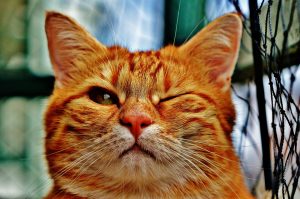Anyone familiar with quantum physics is well aware of the legendary hypothetical experiment of Schrodinger’s Cat. The paradox attempts to explain, from the quantum mechanics world view, their concept of superposition and how it relates to the everyday lives of people and objects. Basically, a cat is put into a box with a sealed vial of poison and some radioactive material. If the radioactive material decays at all, the vial of poison will be broken open. Until that happens, Schrodinger postulated, the cat can be thought of as both dead and alive. It’s only when you open the box will you know for sure. The cat, in the box, is in a “superposition of states” according to Schrodinger.
Erwin Schrodinger was an Austrian physicist who won the Nobel Prize as well as made serious contributions to the theory of quantum mechanics in physics and created this mythical experiment back in 1935. Recently, researchers at Yale University have created an experiment that has been thought of for the past two decades. They are going to try and illustrate another of quantum mechanics principle concepts – entanglement.
The researchers propose a second box for the cat and further propose that the cat can be both dead or alive in two boxes at the same time. The cat state can be distributed in more than one spatial type mode. Entanglement, physics says, can change the state of an object some distance away simply by observing something else that is local to the observer. The boxes were a pair of microwave cavities that were monitored and connected by an artificial atom capable of superconducting. The trapped microwave light in both of the cavities is Schrodinger’s cat.
Yale’s Chen Wang, the lead researcher said that, “This cat is big and smart. It doesn’t stay in one box because the quantum state is shared between the two cavities and cannot be described separately. One can also take the alternative view where we have two small and simple Schrodinger’s cats, one in each box, that are entangled.”
This research continues to try and solve the riddle of building a quantum computer which, physicists believe, will have unbelievable speed because it will employ both entanglement and superposition. The challenge is, though, how errors and mistakes can be corrected without damaging or disrupting any of the data and information.
PHOTO CREDIT: Pixabay

